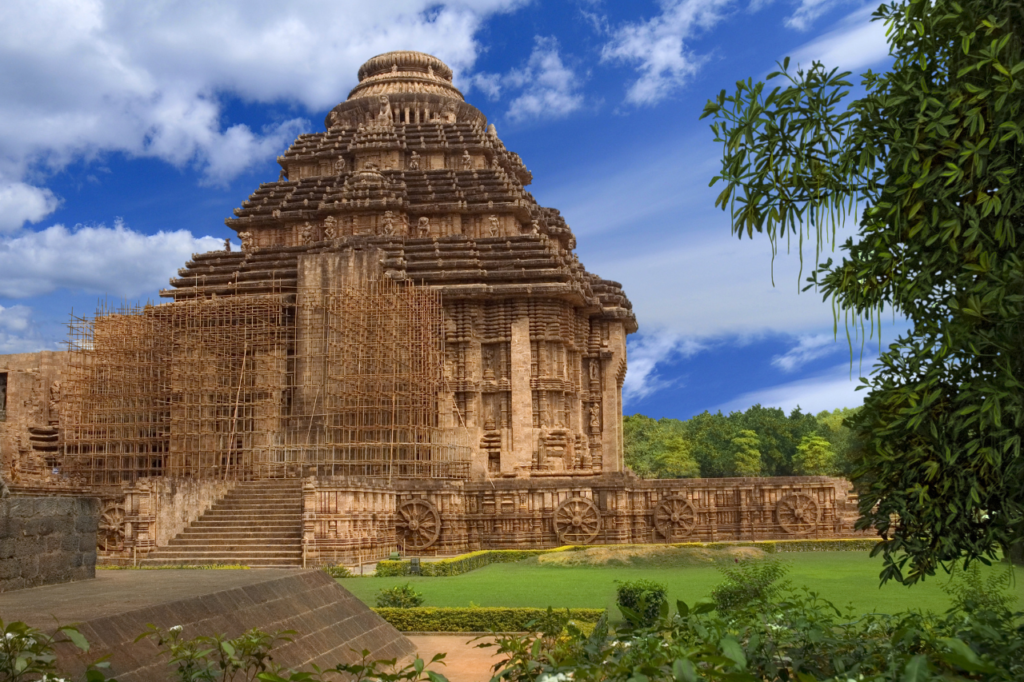Orissa Pincodes
Enter the Pincode or Location Below in the Box
Pincodes of Orissa
The varied Indian state of Odisha is included in Orissa Pincodes. This area is well-known for its colorful festivals, historic temples, stunning Bay of Bengal shoreline, and rich history. Discover the Sun Temple in Konark, the holy Jagannath Temple in Puri, and Simlipal’s verdant woodlands. Orissa Pincodes give doors to a world of historical and natural beauty, whether you’re enjoying the food, exploring the state’s rich cultural tapestry, or relaxing on its immaculate beaches. Explore the allure of this state in eastern India, where modernization and tradition live together.

Here is a list of Orissa Pincodes
About Orissa
Eastern India is home to the Indian state of Odisha, formerly known as Orissa. With more than 41 million residents, it ranks eleventh in terms of population and ninth in terms of area. Additionally, the state is home to the third-largest Indian population of Scheduled Tribes. It shares borders with the states of Andhra Pradesh to the south, West Bengal and Jharkhand to the north, and Chhattisgarh to the west.
Odisha’s coastline stretches 485 kilometers (301 miles) along the Indian Ocean’s Bay of Bengal. The area is also referred to as Utkala, and the national hymn of India, “Jana Gana Mana,” mentions it by this name. One of India’s Classical Languages, Odia is the language spoken in Odisha.
History
Political scholar Sudama Misra says that the region that is now Ganjam and Puri districts once belonged to the Kalinga janapada. The Mahabharata also mentions the Sabar people of Odisha. According to Baudhayana, Kalinga was primarily influenced by tribal customs and had not yet been affected by Vedic traditions. The Kalinga War took place around 260 BCE at Shanti Stupa in Dhauli, while Hathigumpha on the Udayagiri Hills was constructed around 150 BCE.
In the brutal Kalinga War that occurred in 261 BCE, the eighth year of the Mauryan dynasty’s rule, Ashoka of that kingdom overthrew Kalinga. In the conflict, roughly 100,000 people were killed, 150,000 were captured, and many more were impacted, according to his own decrees.
Geography
Odisha is located between longitudes 81.37E and 87.53E and latitudes 17.780N and 22.730N. The state is 155,707 square kilometer in size, or 4.87% of all of India, and it has 450 km of coastline. The coastal plain is located in the state’s eastern region. It reaches the Rushikulya River in the south and the Subarnarekha River in the north. The coastal plains include Lake Chilika. The six main rivers that flow into the Bay of Bengal Subarnarekha, Budhabalanga, Baitarani, Brahmani, Mahanadi, and Rushikulya have left behind rich deposits of fertile silt on the plains.
Climate
Winter (January to February), pre-monsoon (March to May), south-west monsoon (June to September), and north-east monsoon (October–December) are the four seasons that the state experiences. On the other hand, the year is split into six traditional seasons (rutus) in this region: Basanta (spring), Hemanta (dewy), Barsha (rainy season), Sharata (autumn), and Grishma (summer).
Demography
Odisha has a total population of 41,974,218 according to the 2011 Indian census, of which 21,212,136 (50.54%) are men and 20,762,082 (49.46%) are women, or 978 women for every 1000 men. Compared to 2001, this indicates a population increase of 13.97%. There are 270 people living there per square kilometer. Based on the 2011 census, 73% of people are literate, with 82% of men and 64% of women.
Cuisine
There is a centuries-old culinary culture in Odisha. With 1,000 cooks working around 752 chulas, or wood-burning clay hearths, the kitchen at the Shri Jagannath Temple in Puri is said to be the largest in the world. Every day, the kitchen serves around 10,000 guests.
The world is familiar with Odisha’s syrupy treat, Pahala rasagola. Another popular dessert from Odisha, chhenapoda has its roots in Nayagarh. A popular dish that is best served with ghee is dahlma, which is a mixture of dal and certain veggies.
Tourism
The Jagannath Temple at Puri is around 200 feet (61 meters) high and dominates the skyline, whilst the Lingaraja Temple in Bhubaneswar has a deula that is 150 feet (46 meters) high. The largest of the “Holy Golden Triangle” temples, the Konark Sun Temple in the Puri region, is still incredibly huge even if only a section of it is currently standing. It is notable as an architectural marvel in Odisha.
\The Jagatsinghpur district is home to the Sarala Temple, which is thought to be among the most spiritually advanced manifestations of Shaktism. In addition, it is a popular tourist destination and one of the holiest locations in Odisha. Another well-known pilgrimage site is the Maa Tarini Temple, which is located in the Kendujhar district.
